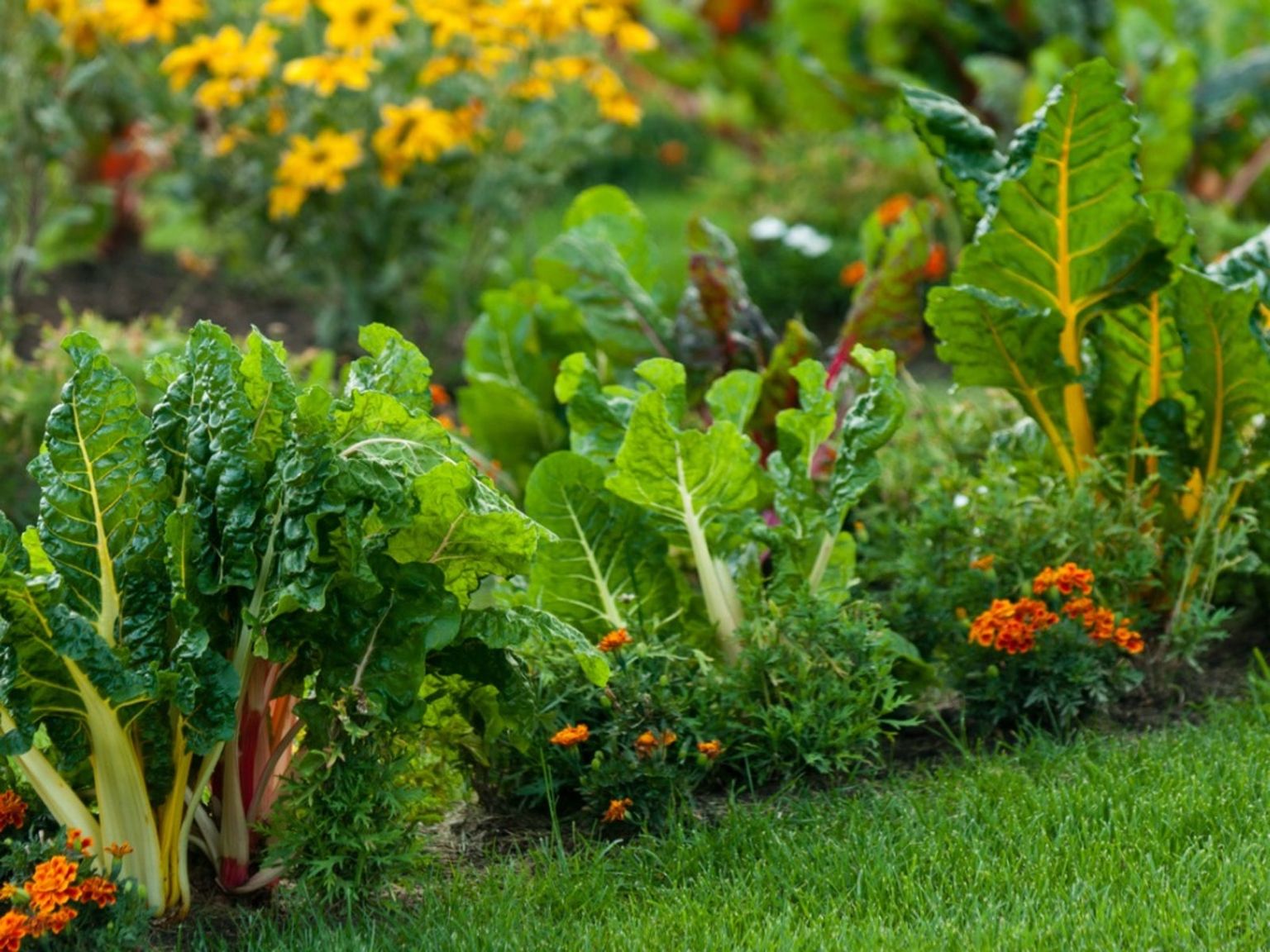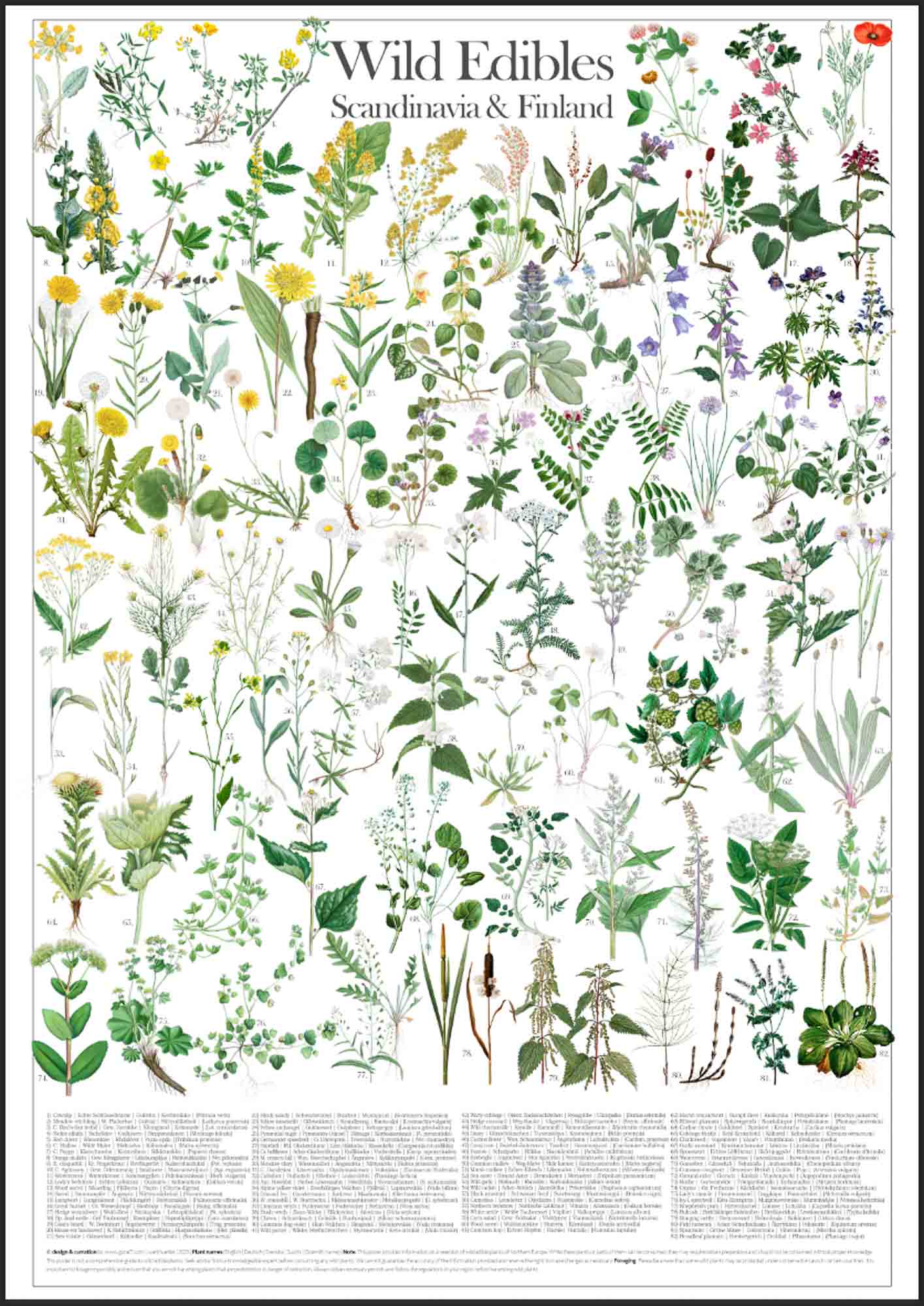“edible plants
- Dracaena Plant
- Okay, Here Is A Comprehensive Article About Succulents, Aiming For Approximately 1600 Words, Written In English.
- Okay, Here Is An Extensive Article About Small Indoor Plants, Aiming For Approximately 1600 Words.
- Okay, Here Is A Comprehensive Article About Alpine Garden Plants, Aiming For Approximately 1600 Words.
- Types Of Plants
Table of Content
- 1 The Green Bounty: Exploring the World of Edible Plants
- 1.1 A Journey Through Time: The Historical and Cultural Significance
- 1.2 The Nutritional Powerhouses: Why Plants Are Essential
- 1.3 Classifying the Green Bounty: Diverse Categories of Edible Plants
- 1.3.1 1. Fruits
- 1.3.2 2. Vegetables
- 1.3.3 3. Grains and Cereals
- 1.3.4 4. Legumes
- 1.3.5 5. Nuts and Seeds

The Green Bounty: Exploring the World of Edible Plants
From the dawn of humanity, our survival has been intricately linked to the plant kingdom. Before the advent of agriculture, our ancestors were hunter-gatherers, meticulously learning which plants provided sustenance, which offered medicine, and which held the threat of poison. This ancient, intimate relationship with flora laid the groundwork for civilizations, shaping cultures, economies, and cuisines across the globe. Today, in an increasingly industrialized world, the importance of edible plants remains paramount, not just for sustenance, but for health, sustainability, and cultural heritage.
Edible plants encompass an astonishing array of species, parts, and preparations. They are the cornerstone of nearly every diet on Earth, providing the fundamental energy, vitamins, minerals, fiber, and phytonutrients essential for human life. This article delves into the vast and fascinating world of edible plants, exploring their historical significance, nutritional value, diverse categories, methods of cultivation and foraging, and their crucial role in our future.
A Journey Through Time: The Historical and Cultural Significance
The story of humanity is, in many ways, the story of edible plants. For hundreds of thousands of years, early hominids relied on wild plants as a primary food source. Their keen observational skills allowed them to identify patterns, discern edible from toxic, and understand the seasonal availability of various plant parts – roots, berries, leaves, and seeds. This accumulated knowledge was passed down through generations, forming the bedrock of traditional ecological wisdom.
The most transformative moment in this relationship was the Agricultural Revolution, which began approximately 10,000 to 12,000 years ago. Humans transitioned from nomadic foraging to settled farming, domesticating wild grains like wheat and barley, legumes such as lentils and peas, and root crops like potatoes and yams. This shift allowed for the production of surplus food, leading to population growth, the development of villages and cities, and the rise of complex societies. The domestication of plants was not merely a change in food production; it was the catalyst for civilization itself.
Different cultures developed unique staple crops based on their local ecosystems. Rice became the lifeblood of Asia, maize (corn) sustained the civilizations of the Americas, and wheat and barley formed the basis of diets in the Middle East and Europe. These staple foods became deeply embedded in cultural identity, rituals, and economic systems. The spice trade, driven by the desire for exotic edible plant parts like pepper, cinnamon, and cloves, fueled exploration, colonial expansion, and the interconnectedness of global economies. Even today, traditional medicine systems around the world heavily rely on the therapeutic properties of various edible and medicinal plants, demonstrating their multifaceted value beyond simple nutrition.
The Nutritional Powerhouses: Why Plants Are Essential
The dietary guidelines of virtually every health organization emphasize the importance of consuming a wide variety of plants. This is because edible plants are true nutritional powerhouses, offering a spectrum of benefits that contribute to overall health and disease prevention.
-
Macronutrients: While often associated with carbohydrates, plants also provide protein and healthy fats. Grains and starchy vegetables (potatoes, corn) are primary sources of complex carbohydrates, providing sustained energy. Legumes (beans, lentils) and some nuts and seeds (quinoa, chia, almonds) are excellent sources of plant-based protein. Avocados, nuts, and seeds are rich in beneficial monounsaturated and polyunsaturated fats, crucial for brain health and nutrient absorption.
-
Micronutrients: Plants are packed with an astonishing array of vitamins and minerals. Leafy greens are rich in Vitamin K, Vitamin C, and folate. Citrus fruits and berries are renowned for their high Vitamin C content. Carrots and sweet potatoes are bursting with Vitamin A (in the form of beta-carotene). Minerals like potassium (bananas, potatoes), magnesium (spinach, nuts), iron (lentils, kale), and calcium (broccoli, fortified plant milks) are also readily available.

-
Fiber: Perhaps one of the most unsung heroes of plant-based nutrition, dietary fiber is crucial for digestive health. It aids in regular bowel movements, helps regulate blood sugar levels, and contributes to a feeling of fullness, which can assist in weight management. Fiber also feeds beneficial gut bacteria, promoting a healthy microbiome, which is increasingly linked to overall well-being, immunity, and even mental health.

Phytonutrients and Antioxidants: Beyond basic vitamins and minerals, plants contain thousands of unique compounds known as phytonutrients (or phytochemicals). These compounds are responsible for the vibrant colors, aromas, and flavors of plants, and they play a vital role in human health. Antioxidants, a type of phytonutrient, combat oxidative stress in the body, which is implicated in aging and chronic diseases like cancer, heart disease, and neurodegenerative disorders. Examples include anthocyanins in berries, lycopene in tomatoes, and flavonoids in leafy greens.
-
Hydration: Many fruits and vegetables, such as watermelon, cucumber, and lettuce, have high water content, contributing to daily hydration needs.

Classifying the Green Bounty: Diverse Categories of Edible Plants
The sheer diversity of edible plants is staggering, and they are typically categorized by the part of the plant consumed or their botanical classification.
1. Fruits
Botanically, a fruit is the mature ovary of a flowering plant, enclosing the seed or seeds. From a culinary perspective, fruits are often sweet and fleshy, though this isn’t always the case.
- Sweet Fruits: Apples, bananas, oranges, berries (strawberries, blueberries, raspberries), grapes, mangoes, pineapples, peaches, and plums are rich in vitamins, antioxidants, and natural sugars. They are excellent for snacking, desserts, and adding sweetness to dishes.
- Savory Fruits (Botanical Fruits used as Vegetables): Tomatoes, cucumbers, bell peppers, avocados, zucchini, and eggplants are botanically fruits but are commonly used in savory culinary applications. They offer a range of nutrients, from Vitamin C in peppers to healthy fats in avocados.
2. Vegetables
This is a broad culinary category that includes various plant parts not typically considered fruits, grains, nuts, or seeds.
- Leafy Greens: Spinach, kale, lettuce, Swiss chard, collard greens, arugula. These are powerhouses of vitamins (K, C, A, folate), minerals (iron, calcium, magnesium), and antioxidants. They form the base of countless salads and are easily incorporated into cooked dishes.
- Root Vegetables: Carrots, potatoes, sweet potatoes, beets, radishes, turnips, parsnips. These underground storage organs are rich in carbohydrates for energy, fiber, and specific vitamins and minerals (e.g., beta-carotene in carrots, potassium in potatoes).
- Stem Vegetables: Celery, asparagus, rhubarb (botanically a vegetable, culinarily a fruit), kohlrabi. These provide fiber, water, and unique flavors.
- Flower Vegetables: Broccoli, cauliflower, artichokes, capers (flower buds). These offer a range of vitamins, minerals, and often contain unique sulfur compounds beneficial for health.
- Bulb Vegetables: Onions, garlic, leeks, shallots. Known for their pungent flavors and aromas, they are culinary staples and possess potent medicinal properties, including anti-inflammatory and immune-boosting compounds.
- Pod and Seed Vegetables (Culinary Vegetables): Green beans, peas, corn. While botanically legumes or grains, they are often prepared and consumed as vegetables. They provide fiber, some protein, and various vitamins.
3. Grains and Cereals
These are the edible seeds of grasses, forming the staple food for a majority of the world’s population.
- True Cereals: Wheat, rice, corn, oats, barley, rye, sorghum, millet. They are primary sources of carbohydrates, providing energy, and also contain protein, fiber, and B vitamins. Whole grains retain all parts of the seed (bran, germ, endosperm), offering superior nutritional value compared to refined grains.
- Pseudocereals: Quinoa, buckwheat, amaranth. While not grasses, their seeds are used similarly to cereals. They are often highly nutritious, with quinoa and amaranth being complete proteins, meaning they contain all nine essential amino acids.
4. Legumes
Legumes are plants in the Fabaceae family, characterized by their pods containing seeds.
- Beans: Kidney beans, black beans, pinto beans, navy beans, cannellini beans.
- Lentils: Red, green, brown, black lentils.
- Chickpeas (Garbanzo beans):
- Peas: (often consumed as a vegetable, but botanically a legume)
- Soybeans: (including tofu, tempeh, edamame)
- Peanuts: (botanically a legume, culinarily a nut)
Legumes are exceptional sources of plant-based protein, dietary fiber, and various minerals like iron, zinc, and magnesium. They are crucial for sustainable agriculture due to their ability to fix nitrogen in the soil.
5. Nuts and Seeds
These are concentrated sources of energy, healthy fats, protein, and micronutrients.
- Nuts: Almonds, walnuts, cashews, pecans, pistachios, hazelnuts, Brazil nuts. Rich in monounsaturated and polyunsaturated fats, fiber, vitamin E, and magnesium.
- Seeds: Chia seeds, flax seeds, sunflower seeds, pumpkin seeds, sesame seeds. Excellent sources of omega-3 fatty acids (flax, chia), fiber, and various minerals.

